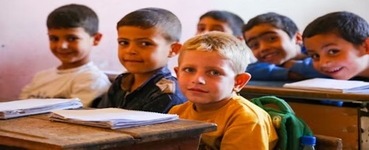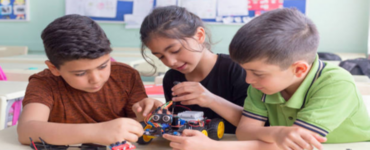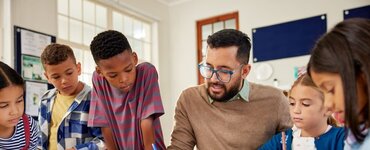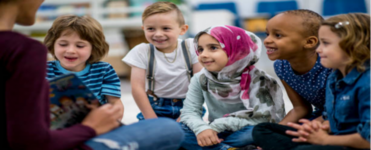Suzanne Gilchrist McCurdy & Holly Krech Thomas
Welcome to Volume 41, Issue 1 of MinneTESOL Journal! This issue explores the Science of Reading, student assets, and pedagogy – all of which inform teaching and ultimately student success. As teachers of multilingual learners, it is imperative that we capitalize on the strengths of students, teachers, and curriculum. Please enjoy and share with your colleagues.
In “Pay attention to this! Demonstratives in university-level academic lectures,” Bonnie Swierzbin argues for the importance of demonstratives in academic language, including lectures. She explains that demonstratives function to direct listeners’ attention to complex entities such as ideas, events, and situations, and encourages practitioners to use authentic language samples to help advanced-level students understand and synthesize the big picture of a lecture.
Fernando Lesniak’s article, “Equity in the language classroom: Embracing gender-just pedagogies for a more inclusive environment,” advocates for educational approaches that challenge traditional norms and stereotypes, promote equity, and support student engagement. The author highlights the need for gender-just teaching in language education to create classrooms that respect and include all gender identities. Practical strategies and examples are provided to help teachers build learning spaces that are supportive for all learners.
In “Co-teaching in secondary mathematics: Teacher perceptions and the impact on student success,” Anna Meyer conducted a mixed-methods research study that examines the impacts and effectiveness of co-teaching in secondary mathematics classrooms for multilingual learners. She also addresses teacher perception of the co-teaching model and what factors are necessary for proper implementation. This study shows co-teaching as a viable strategy for promoting equity in education by integrating language and content instruction, ultimately enhancing student success.
Renee Ullom and Bailey Nafziger present their research on introducing multilingual strategies to an elementary science methods course in their article, “Implementing multilingual learner strategies within the 5E science framework: Preparing preservice teachers for the diverse classroom.” Findings highlight the positive effect of providing explicit instruction to preservice teachers on multilingual strategies and aligning second language acquisition principles to the 5E science model. It highlights the potential of structured, inquiry-based learning to enhance both science comprehension and language development for multilingual learners.
Anne C Ittner, Letitia Basford, Michelle Benegas, and Stephanie DeFrance explain one school’s response to the READ Act in “Multilingual classroom encounters with Science of Reading curricular initiatives: Reporting on a year of implementation in Minnesota.” They looked at primarily multilingual learners, providing a timely evaluation of implementing a literacy curriculum informed by the Science of Reading. Their findings place the perspectives of teachers employing the curricula front and center.
In “Multiliteracies in action: A flamenco twist on practicing multimodal reader-viewership,” Christina Torres and Carmen Toscano-Fuentes describe the research-informed design and implementation of an online multimodal, multiliteracies activity used in a teacher-training telecollaboration exchange between a U.S. and a Spanish university. Participant feedback praised the activity as both an engaging means of exploring pedagogical concepts from the course and a meaningful way to connect with their international classmates.
Yacoub Aljaffery shares findings from his research in “Beyond barriers: Recognizing and supporting refugee students’ aspirations in schools.” Using a narrative inquiry approach, he provides insight into the powerful aspirations that refugee students bring with them, emphasizing their resilience, optimism, and hope for a better future. Aljaffery advocates for an asset-based approach in education, where the strengths of refugee students are acknowledged and supported.
Tara Gibbs explores teaching tools in “A guaranteed, viable curriculum for all: What would it look like if we worked on ‘for all’?” As she points out, there are many resources for instructional leaders and general education focused on creating “guaranteed, viable curriculum.” This article lays out steps to use in co-teaching discussions or formal curriculum making processes in order to be intentional and pre-plan in order to make curriculum accessible “for all.”
Angela Froemming and Emily Mattson consider the connection between the Science of Reading and genre-based pedagogy in their article, “Linking the Science of Reading to writing: A genre-based approach.” They highlight how multilingual learner (ML) teachers can integrate these approaches to support multilingual learners. By focusing on three shared principles—a systematic approach to literacy development, building background knowledge, and providing explicit instruction—the article demonstrates how ML teachers can align their expertise in language instruction with Science of Reading principles to enhance students’ literacy and academic language skills.
Please enjoy these articles, share them with your colleagues, and stay connected to our MinneTESOL Journal community by following the journal on Facebook.
